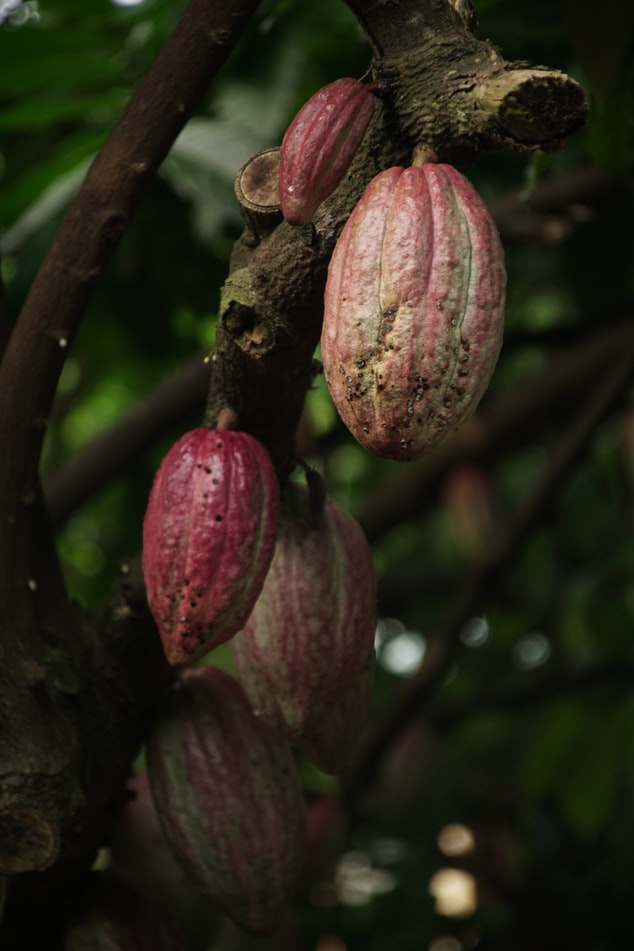
Originating in the upper Amazon, humans have been manipulating the millennia-old cacao bean for longer than our brains can fathom, only popularizing chocolate as we know it today around the 16th century. Grown exclusively under perfect subtropical conditions within one sweet narrow belt of our planet, cacao cultivation has always been precious, but today it’s also incredibly fragile. Due to increasing global temperatures, disease, deforestation, and water shortages, scientists predict that demand will surpass the supply in our lifetime. Moreover, 90% to 95% of commodity chocolate is derived from flavor-weak, disease-resistant, and high-yielding varieties, leaving high-end cultivars, biodiversity, and the industry as a whole in peril. Many small farms, whose business represents their family’s livelihood, are under-compensated and face economic pressure to grow new species, rarely even seeing the end product of the cacao they labor so intensely over.
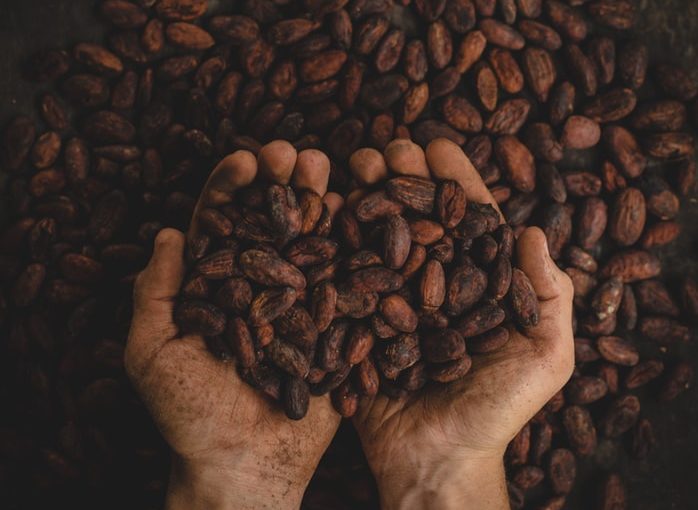
When grown and sourced well, however, cacao is incomparably complex, having threefold the amount of flavor compounds (600+) that red wine has. The process of turning cacao into chocolate is incredibly long and tedious, and unique in that it entails both fermenting and roasting. While the stages can vary, the formula goes something like this: pick, ferment, dry, sort, roast, crack and winnow, refine and conch, temper, and mold. Once cacao is transformed into chocolate, it can be converted further into a boundless number of confections via ingredients and exacting design. Because so much skilled alteration occurs between harvest and final product, two chocolates are rarely the same. And yet, despite these challenges and the finesse required, there exists a new-ish generation of passionate chocolatiers and chocolate makers elevating the craft into a modern art, truly pushing the boundaries.
With all these nuances we couldn’t help but devote an entire month to showcasing the best of the best in each of our markets, translating their singular approaches into remarkably different but always delicious ice creams. We began our Chocolatier Series by scouring the West Coast for the most thoughtful and talented chocolate artisans. Most choose a focus or two—origin, roasting, flavor pairings, design, and more—and make it their own, with distinct analytical, playful, green, or aesthetic approaches. The only constants are mindful sourcing and addictive taste.
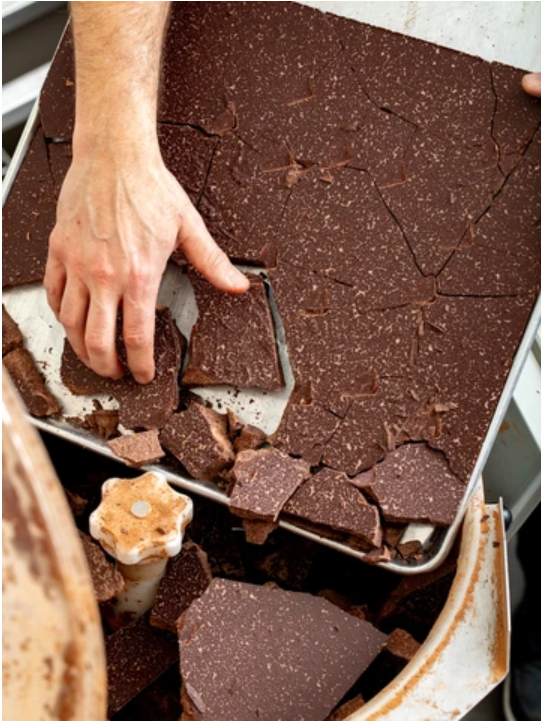
Photo: Salt & Straw
On our chocolate-maker side we found those donating to reforestation and maternal health initiatives for growers; producing single-estate chocolates and trying 16 different roasts on a bean; providing exceptional transparency to both vulnerable farmers and customers; installing fermentation centers and drying stations for co-ops and establishing flavor labs for farmers to taste finished chocolate, many for the first time.
There are former marine biologists MacGyvering newfangled winnowers, engineers fashioning conchers out of clothes dryers, and winemakers focusing on cacao terroir. And on our chocolatier end, there are those experimenting with vegan, 100%, and savory chocolates; former artists and designers molding the most delicate and snappy of layers, and adorning truffle shells like fine art; and career candymakers—credited with putting salted caramel on the map—who’ve made gourmet bars since the ’80s.
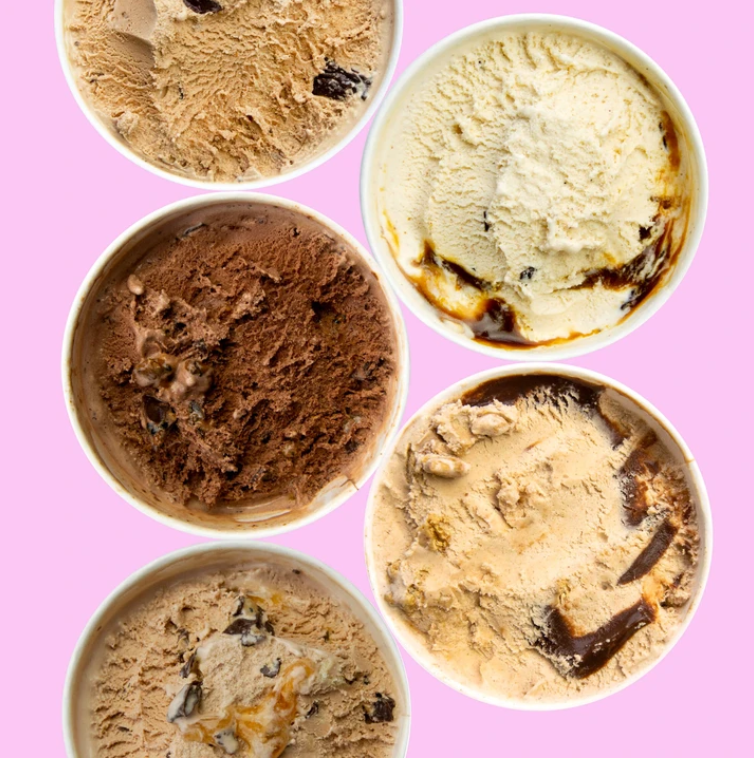
Photo: Salt & Straw
We left the chocolate part to those most knowledgeable, having each partner choose the product they thought best destined for ice cream, then did what we do by discussing the best application to showcase said product and tailoring each to our mutual delight. This year we sourced several ingredients with the same origin as the maker’s cacao, mimicked favorite flavor pairings, nodded to research in other countries, deconstructed beloved bars, and chose roast profiles of mix-ins that complemented the roast profiles of the cacao beans. After manifold trials, choreographed pint deliveries, and further tweaks, we finalized our February menu. We’re so proud to collaborate with those sustaining small farms, educating future artisans, and propagating precious cultivars of cacao every day, and hope you in turn enjoy the fruits of our labor while learning a bit about chocolate. All we ask is that you eat ice cream.
Source: Salt & Straw (https://saltandstraw.com/blogs/news/chocolatier-series )




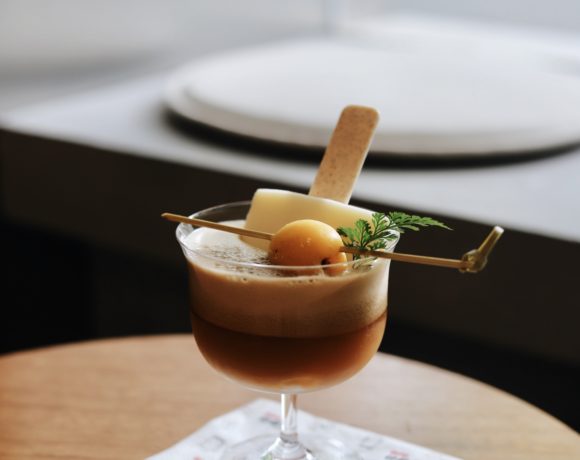
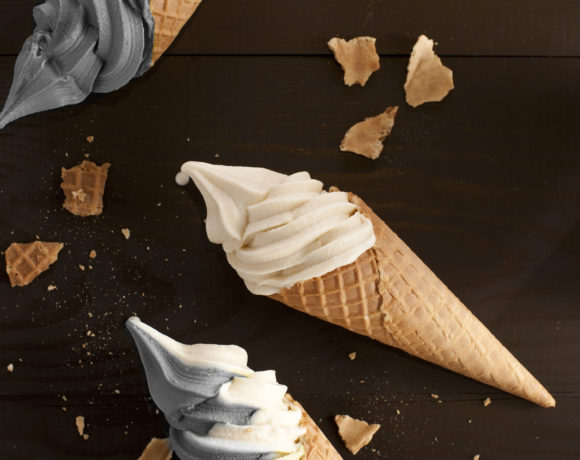






NO COMMENT